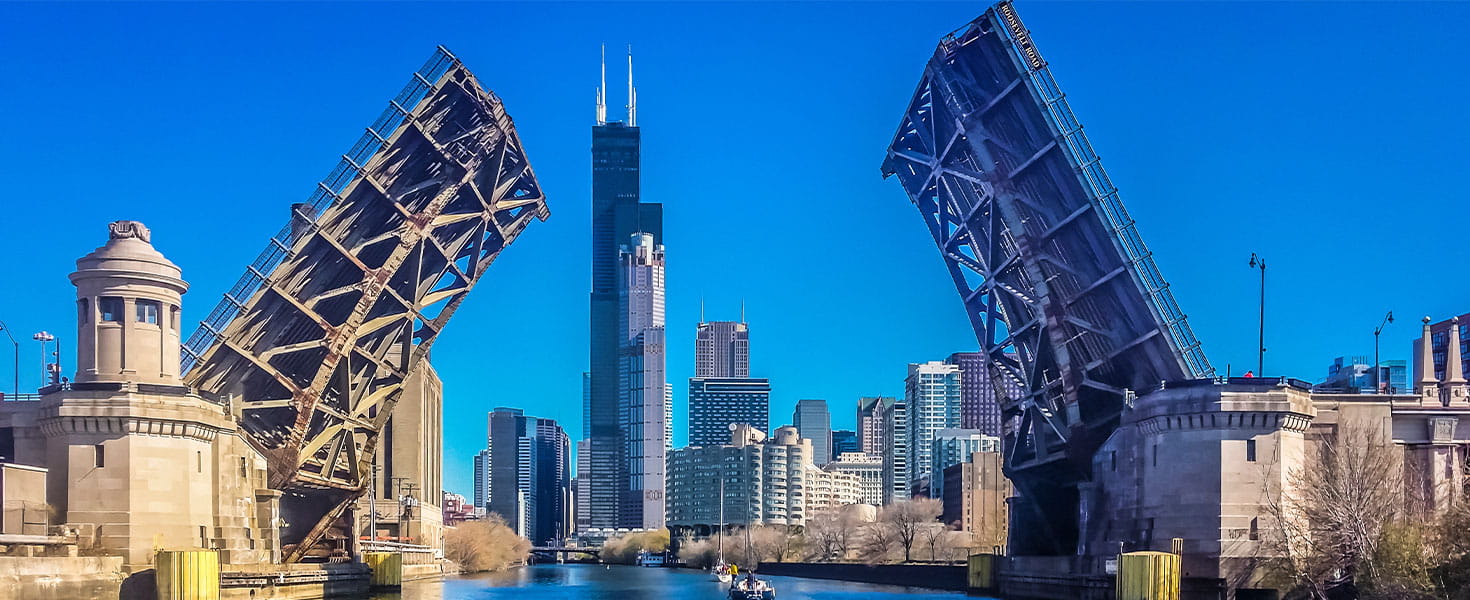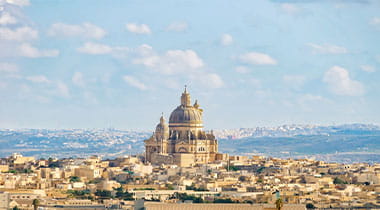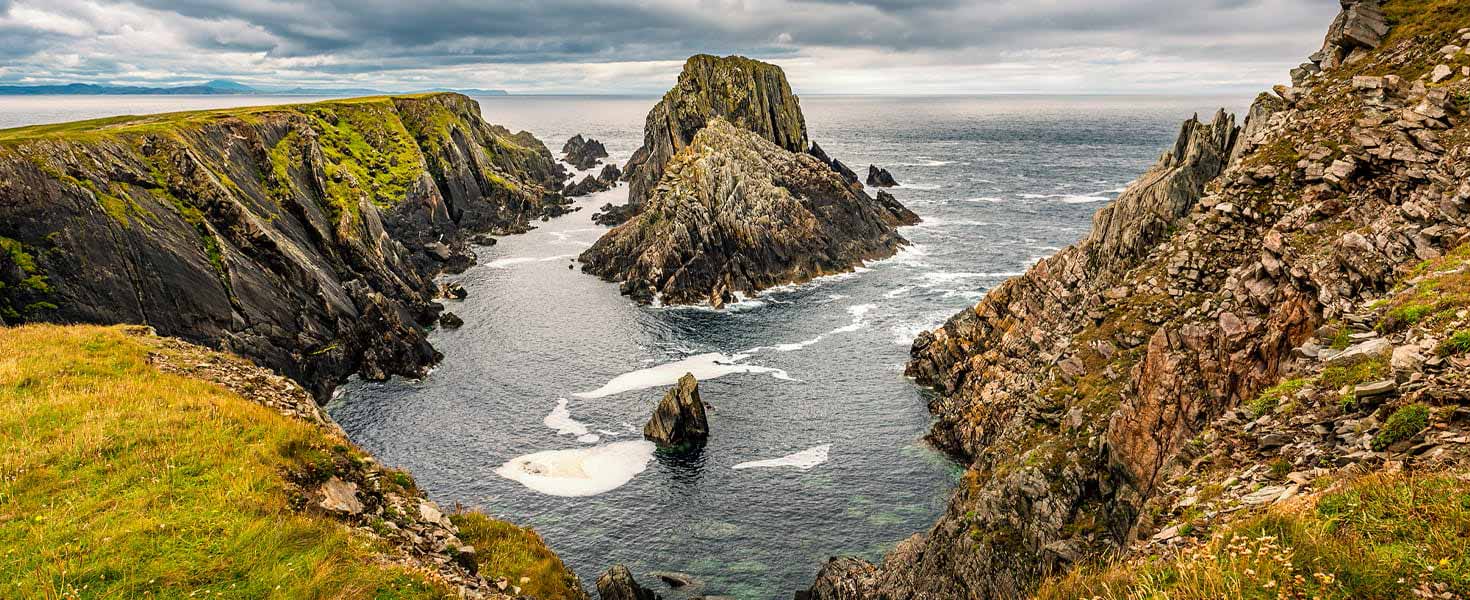From the towering skyscrapers that dot our urban skylines, to the elaborate railways carved deep beneath our soil, America’s manmade structures stand as a testament to what humans can accomplish when we put our hearts, minds, and hands to the task./ That’s why we’re inviting you to embark on this tour of some of the nation’s most iconic feats of architecture and engineering. Join us where innovation, grit, and creativity converge to form a union that, in countless tangible ways, couldn’t be more perfect.
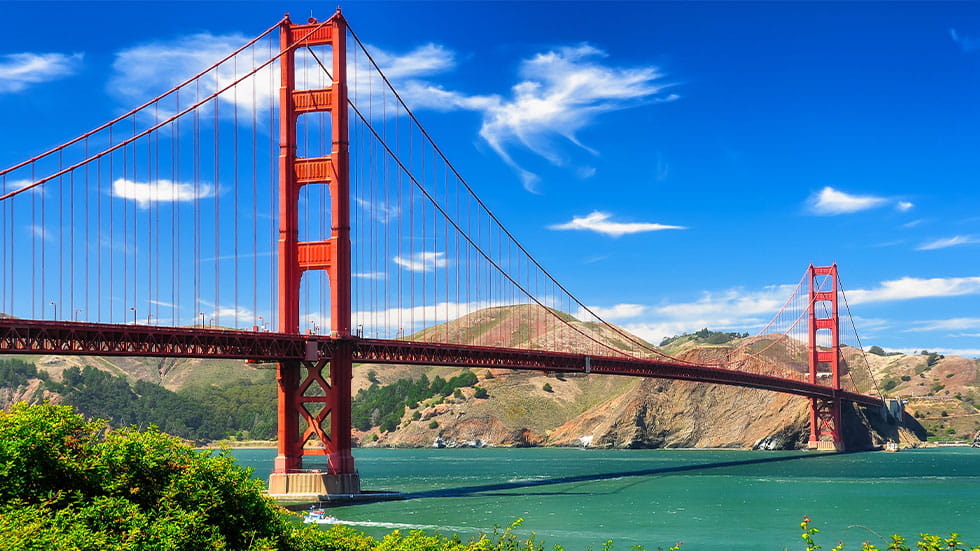
LINKING PEOPLE, PLACES, AND MINDSETS
There is perhaps no greater symbol of American resilience and ambition than the majestic bridges that connect our cities and blaze the path to parts unknown.
The Golden Gate Bridge is one such marvel, recognized the world over for its distinctive red-orange hue rising from the dense fog over San Francisco Bay against a sweeping backdrop of dreamy Californian hillside communities. Fittingly, given its wealth of inspiring riches, this suspension bridge was constructed at the height of the Great Depression and became a much-needed symbol of hope and progress during challenging times.
On the country’s opposite shore, the Brooklyn Bridge spans the East River as another ode to American determination. Stretching 6,016 feet it was the world’s longest suspension bridge when it opened in 1883, sparking a new era in overwater transport.

DIGGING DEEP TO MOVE US FORWARD
Engineering meets urban infrastructure for an intricate, underground waltz in places like New York City’s famed Lincoln Tunnel, which stretches over a mile beneath the Hudson River from New Jersey to Manhattan.
Initial plans called for a single tube, which opened in 1937 to Depression-weary residents eager for momentum. It quickly eased congestion and connectivity between the five boroughs, prompting city leaders to add a northern tube in 1945 and a third in 1957. Since then, numerous strategic upgrades have cemented its place as a vital urban transport hub.
Of course, America’s labyrinthine passageways aren’t limited to cosmopolitan cities. Some, like the French Lick Scenic Railway’s Burton Tunnel, burrow far beneath picturesque Indiana farmland, harkening back to a time when train travel was the epitome of luxury. Meandering through small-town Americana, it’s easy to see why the journey matters just as much as the destination.
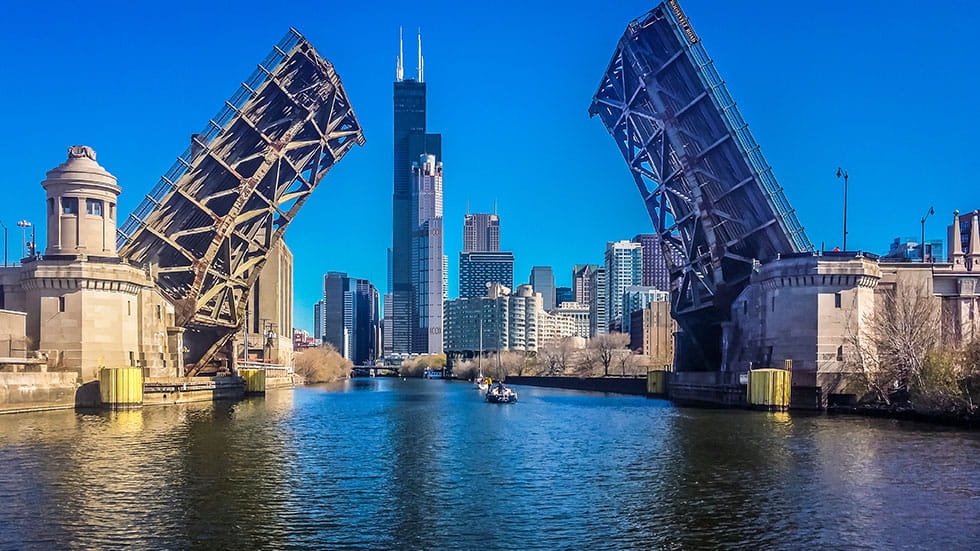
RISING UP TO THE AMERICAN DREAM
Towering high among the clouds over American cities, skyscrapers have stood as a beacon of strength since the dawn of the Industrial Revolution. In the heart of Chicago, two such monuments have etched their names into the American architectural landscape.
Willis Tower, previously known as Sears Tower, was completed 1973 and held the title of the world's tallest building for nearly 25 years. It’s said that on a clear day from the observation deck of this 4.5 million-square-foot monolith, visitors can see up to 50 miles in all directions, as far as the neighboring states of Indiana, Wisconsin, and Michigan.
A short distance away on the famed Magnificent Mile, the John Hancock Center cuts a striking figure in the Chicago skyline with its distinctive X-bracing exterior. Completed just four years prior to Willis Tower, this bold example of modernist architecture offers similarly breathtaking views of Lake Michigan and the bustling metropolis below./ Beyond their structural grandeur, these manmade marvels hold deep cultural significance, weaving themselves into the tapestry of American history and identity. More than a means of travel and commerce, they remind us who we are and how far we’ve come. Whether it's the twisting curves of our rail routes or the soaring heights of our skyscrapers, each of these structures tells a distinctly American story—and one that’s only just begun.








